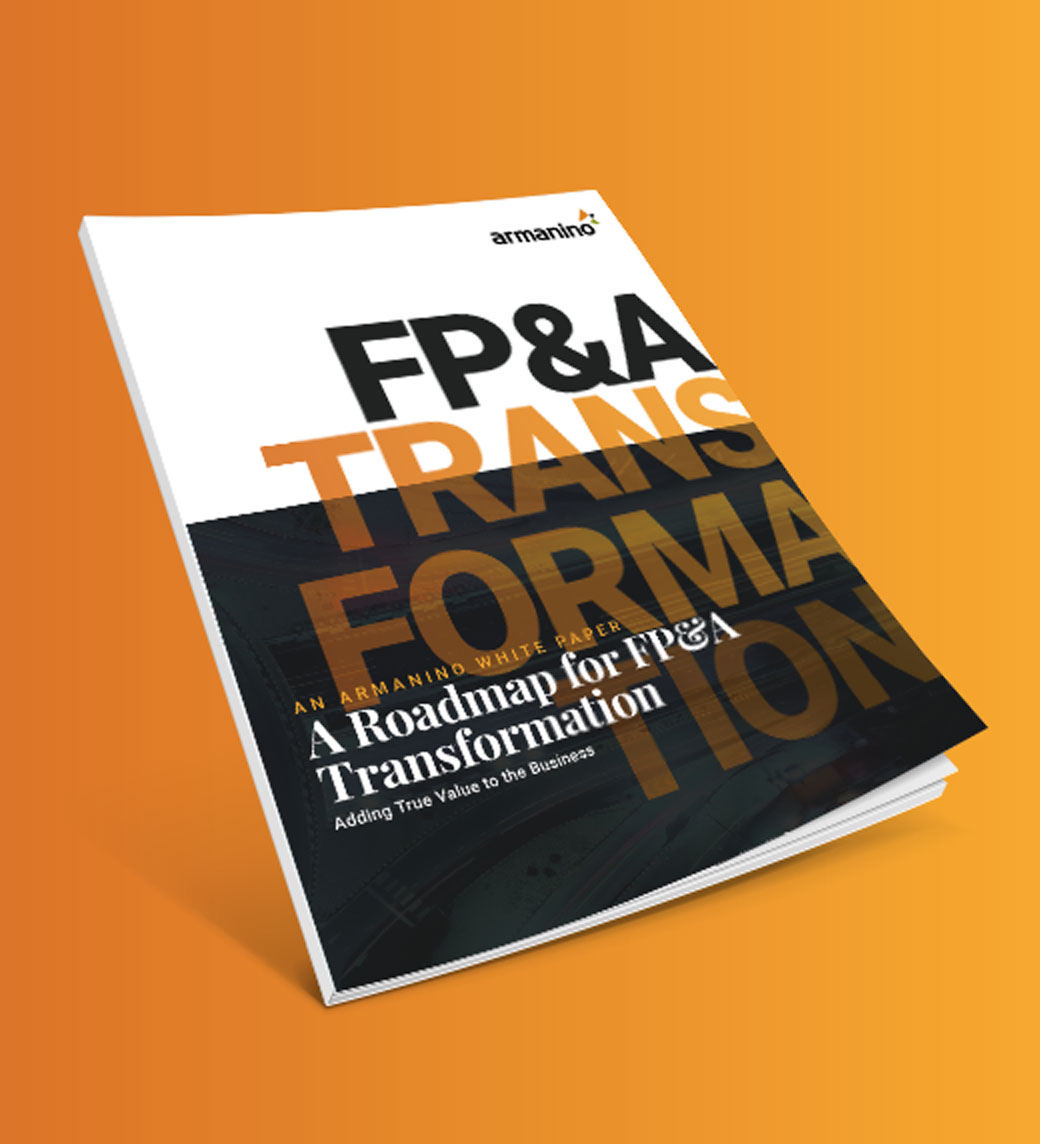
The manufacturing industry has always been characterized by complexity and disruption. Manufacturers today face increasing pressure to continuously innovate and disrupt while optimizing efficiency and controlling costs.
When widespread product shortages occur it can expose underlying cracks in many companies' global supply chains. Companies that lack clear visibility into their supply chains are unable to identify problem areas until it's too late.
That's why growing manufacturing companies need a modern enterprise resource planning (ERP) solution. Unlike legacy ERP software, a modern ERP platform creates a unified foundation for business transformation, expansion and greater visibility and control throughout the global organization. The right ERP platform lets manufacturers take advantage of emerging technologies such as artificial intelligence (AI) and the internet of things (IoT) to evolve their business.
Savvy business leaders understand that it's imperative to put foundational technology in place as a prerequisite for future growth and change. This guide can help you build your ERP strategy, choose the right platform and implementation partner and avoid common mistakes in the process.
A new ERP platform can deliver enormous value: greater flexibility, profitability, efficiency, control, compliance and other benefits. That said, implementing a new ERP solution is no trivial undertaking, and you'll need to gain buy-in and commitment from other executives and business leaders.
Preparing a compelling business strategy can help you provide key decision makers and stakeholders with the information they need to understand the strategic importance of a new ERP.
Here are five best practices to help you build your ERP strategy:
Where is the business headed and what's your vision of how the ERP solution will help enable company strategy? A new ERP platform should become the foundational technology for supporting your business as it grows and evolves.
What are you solving for? What sustainable impacts on areas such as productivity, agility and profitability do you want to achieve? Based on top-down discussions with stakeholders and executives, decide what success will look like and use these goals to drive the decision making and priorities for the project.
Consider staff skills and available resources for supporting an ERP implementation. Do you have an internal champion for the initiative? You'll need someone with a cross-departmental, cross-company purview, who can understand the issues involved and work to resolve them.
Understand current business processes, evaluate their maturity, and identify opportunities for improvement and standardization. Assess the size of your business and consider the ERP solutions that are geared toward your specific population — the ERP needs of a global enterprise will be different than those of a small to midsize company. Articulate the capabilities you will need to support your current and future-state production processes.
While every business case will be unique, consider the areas of greatest value to your business, including increased agility, better inventory control, greater efficiencies, ability to adopt new business models, greater alignment of processes to the business, streamlined sales orders and improved visibility into business performance.
As you look to modernize your technology stack, you'll want to make sure that the solution you choose is built to support the unique needs of companies like yours in the manufacturing industry. For example, your new ERP platform should support multiple companies, currencies and languages; intercompany buy/sell relationships; global supply chains; and complex production processes, among other requirements.
By choosing an integrated, cloud-based ERP platform, your company can flexibly take advantage of new capabilities and applications, without the need for disruptive upgrades. A cloudbased platform also gives you the scalability you need as your company grows.
Make sure the ERP platform you choose offers these modern capabilities that are increasingly critical for manufacturing companies.
Implementing a robust ERP for your company is not a do-it-yourself project, but it's also not something you can hand off to a third party with little to no involvement on your part. Instead, plan to work hand in hand with an experienced implementation partner to achieve optimal outcomes, in the shortest amount of time, at the lowest risk.
To find the right implementation partner, look for:
Whether you've experienced an ERP implementation before or not, you'll want to beware some common missteps that manufacturers make when moving to a new, robust platform. For a smooth implementation and optimal outcomes, follow the dos and don'ts below.
| DO | DON'T | |
|---|---|---|
| Approach | Do take a design thinking approach to the project where you seek to understand the entire process, what the target future state looks like and how to get there. | Don't view the project as simply a technology deployment and ignore the upfront work that's required to better understand your processes and how to optimize them. |
| Staff & Training | Do dedicate internal staff to the ERP project based on the recommendations of your implementation partner. Augment staffing with temporary resources to handle day-to-day duties while staff focuses on the ERP. Allocate a minimum of two weeks of training. | Don't expect staff to handle the ERP project as incremental work in addition to their normal work. This creates more stress, causes delays, increases project costs and jeopardizes outcomes. Don't underestimate or cut the amount of training. Many errors occur in the first three months when staff are poorly trained on the new system. |
| Continuous Improvement | Do plan to continuously evolve and improve operations and processes. Assign business analysts who can continue to take new requirements and address them iteratively. Alternatively, choose a managed service offering to deploy new capabilities at less cost than in-house staffing. | Don't think that your ERP project is finished once the initial deployment work is done. It's an ongoing process of optimization and improvement to adapt to the changing needs of your business. |
| Change Management | Do rely on change management expertise to help people see how they are connected and their impact on the end-to-end process. Do include everyone from the start, including your international subsidiaries, to make sure their voices are heard and they understand why it's important to the entire company. Incorporate their ideas. | Don't ignore people in other areas of the company or operations in other countries until late in the deployment process. Don't assume that global requirements are one-size-fits-all. |
| Business Intelligence & Reporting | Do think about reporting and analytics upfront when planning the project. What data do you need to retain from your old systems? What new insights can you get from the ERP platform that you couldn't before? | Don't assume that the data, analysis and reporting you need are secondary in importance to the business processes you're improving. You need to address these requirements in parallel with the ERP implementation. |
Modern ERP technology delivers robust capabilities that support the specialized needs of manufacturing businesses, with solutions tailored to small and midsize businesses as well as enterprise. Updating your core business technology can be a challenge. But you don't have to go it alone. Armanino's experts have extensive industry and finance knowledge to help you build and execute a strategy for success. Contact our business application consulting team to discuss the future of your technology roadmap.


